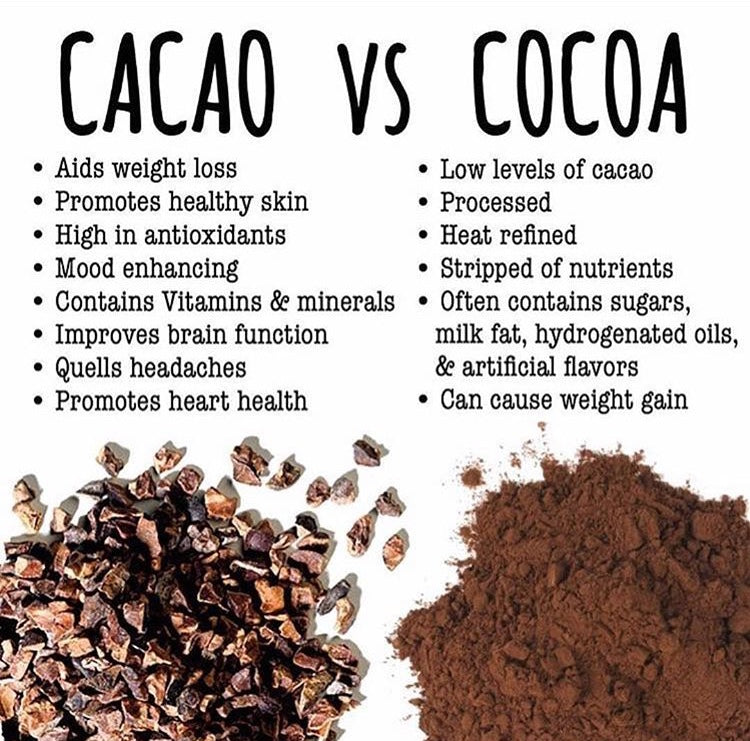In india, traditionally, sab kuch chalta hai has been the usual expectation, approach and attitude of both consumers and brands towards claims that are made. The FSSAI and the Advertising Standards Council of India have stepped up a great deal to monitor cases of misleading advertisements and claims in the Food and Beverage sector. However, the recent honey episode clearly exposes how Indian consumers are known to have a careless attitude towards many purchases they make. They do not question most claims and hence many brands take advantage of the loopholes. Coming to the topic of this article, what is the difference between Cacao and Cocoa? Lets dive in!
In almost every consumer interaction I have had in the recent past, i have been asked a question about the difference between Cacao and Cocoa. To start with, the botanical name of the tree on which cocoa pods grow is Theobroma Cacao. It is the bitter seed of this fruit which is processed into chocolate starting from from Bean to Bar. The cocoa pod are first carefully harvested (cut from the tree) and then the pulp which coats the seeds is removed from the pods and put together in the fermentation box for fermentation for 5-7 days and then usually sun dried.
Untill this stage, most of the processes are natural and happen at the farm (except drying using artificial dryers in case of rains) and the beans are referred to as cacao beans. However, once the beans travel and reach the chocolate processing unit, the chocolate maker starts by grading and sorting the beans and roasting them. This is usually the 1st artificial step that is administered on the beans. Till before the roasting stage, the beans are referred to as Cacao beans. Once the beans are roasted, they are usually referred to as cocoa beans. Cocoa usually means beans that have been processed. Post roasting, cocoa (or chocolate) liquor is made by refining the beans and is then pressed to separate cocoa butter and the resultant powder. This liquor is NOT referred to as Cacao liquor, it is referred to as cocoa liquor because it is made from processed (roasted) beans!
As next steps, commercial chocolate manufacturers treat (alkalise) cocoa to get rid of the acidity and bitterness of low quality or mass produced cacao beans that are used. Alkalised cocoa is famously called as Dutch processed cocoa !!! With us being clear about the usage of the term cocoa, let us understand what cacao refers to! Cacao is used as a term for a product that is less processed than other products. To take an example of cocoa powder, if the powder is alkalised, it is called as cocoa powder. However, if it is not alkalised, it can be called as Cacao powder.

However, your insight and inquisitiveness should not stop here! Many health and nutritional experts refer to the usage of cacao as a superfood and in many of their recommendations and recipes without really expanding or explaining on what is the exact product they are referring to! It is researched extensively and believed that Cocoa contains more phenolic antioxidants than most foods. However, most of the antioxidants are available in non processed cacao and the benefits reduce as they are further processed. This means RAW beans contain most of the benefits that have been researched! Roasting and alkalising it results in the most loss of antioxidants. However, we must remember that cacao also contains a lot of fat (50% by weight!). Hence it is useful to press out the fat from it. When pressed, the resultant product is powder. If the beans are not roasted (to retain antioxidants) and powder is pressed, the resultant product is RAW cacao powder and is believed to retain the most antioxidants and the most healthy! Hence it is best to use RAW cacao powder or RAW cacao nibs if the aim is to accentuate health benefits from cacao.
Bakers must also note that baking soda causes an increase in pH and subsequent destruction of flavanol compounds and antioxidant activity. Hence it is best to avoid baking soda in your healthy bakes.
